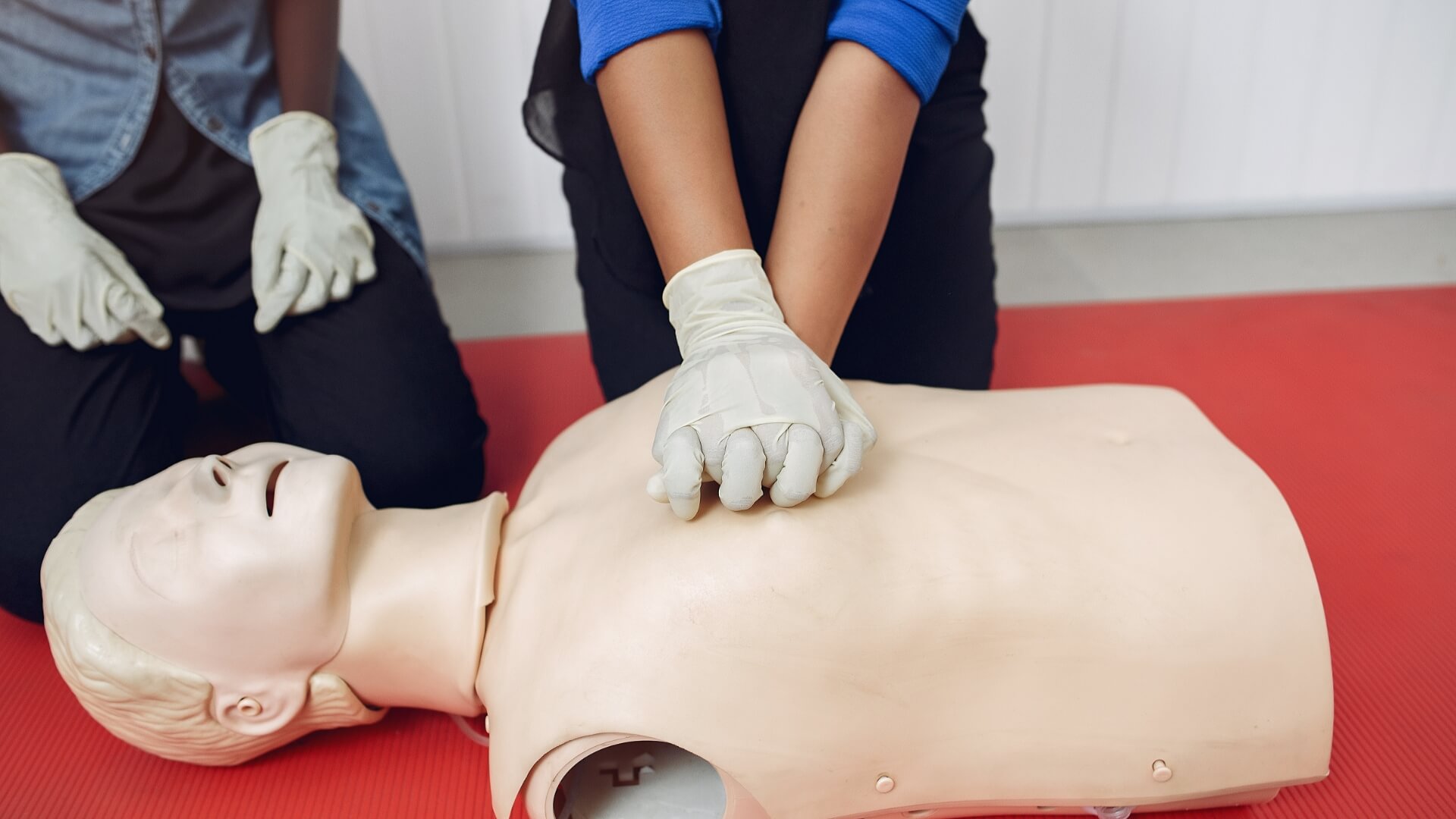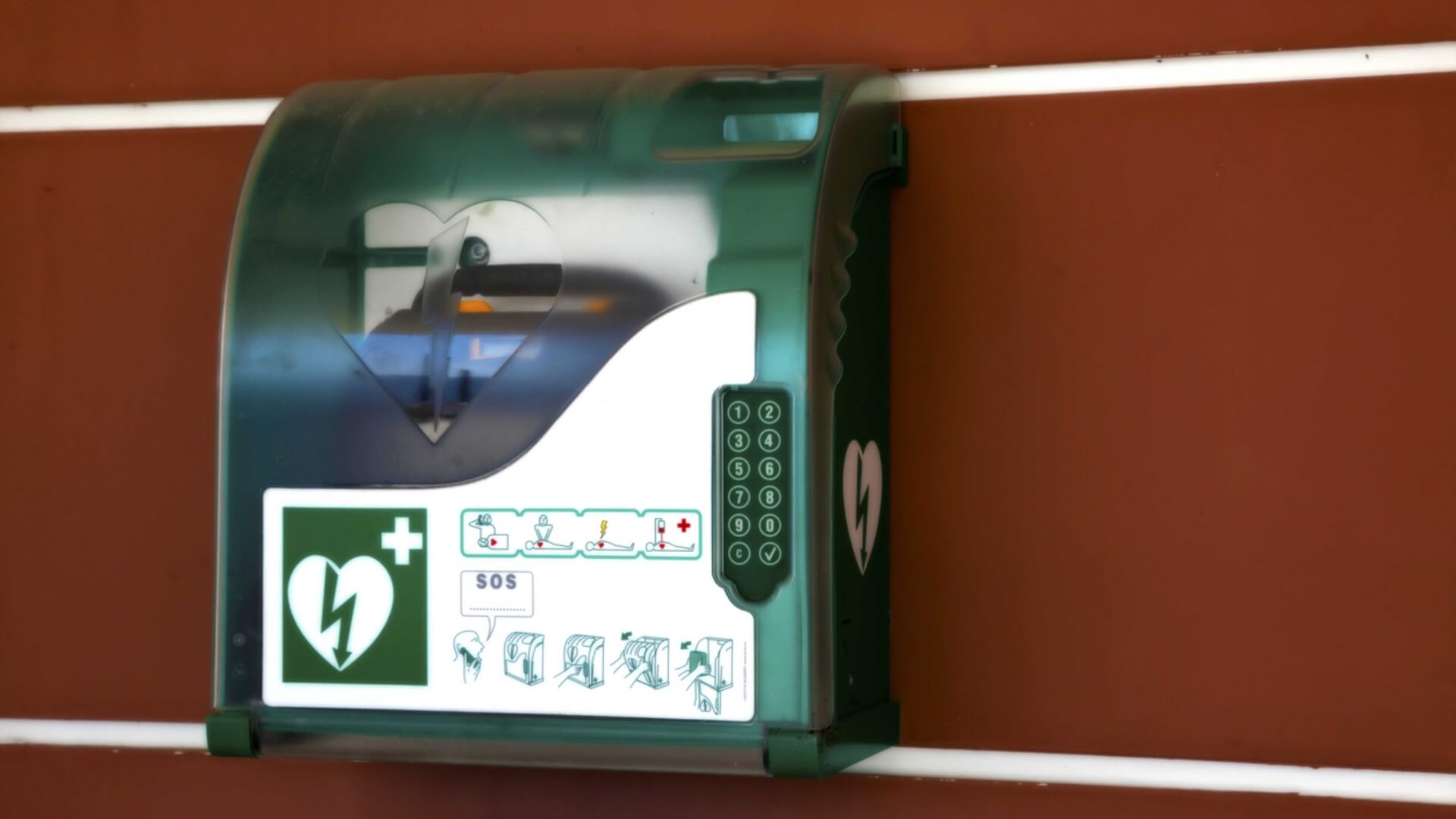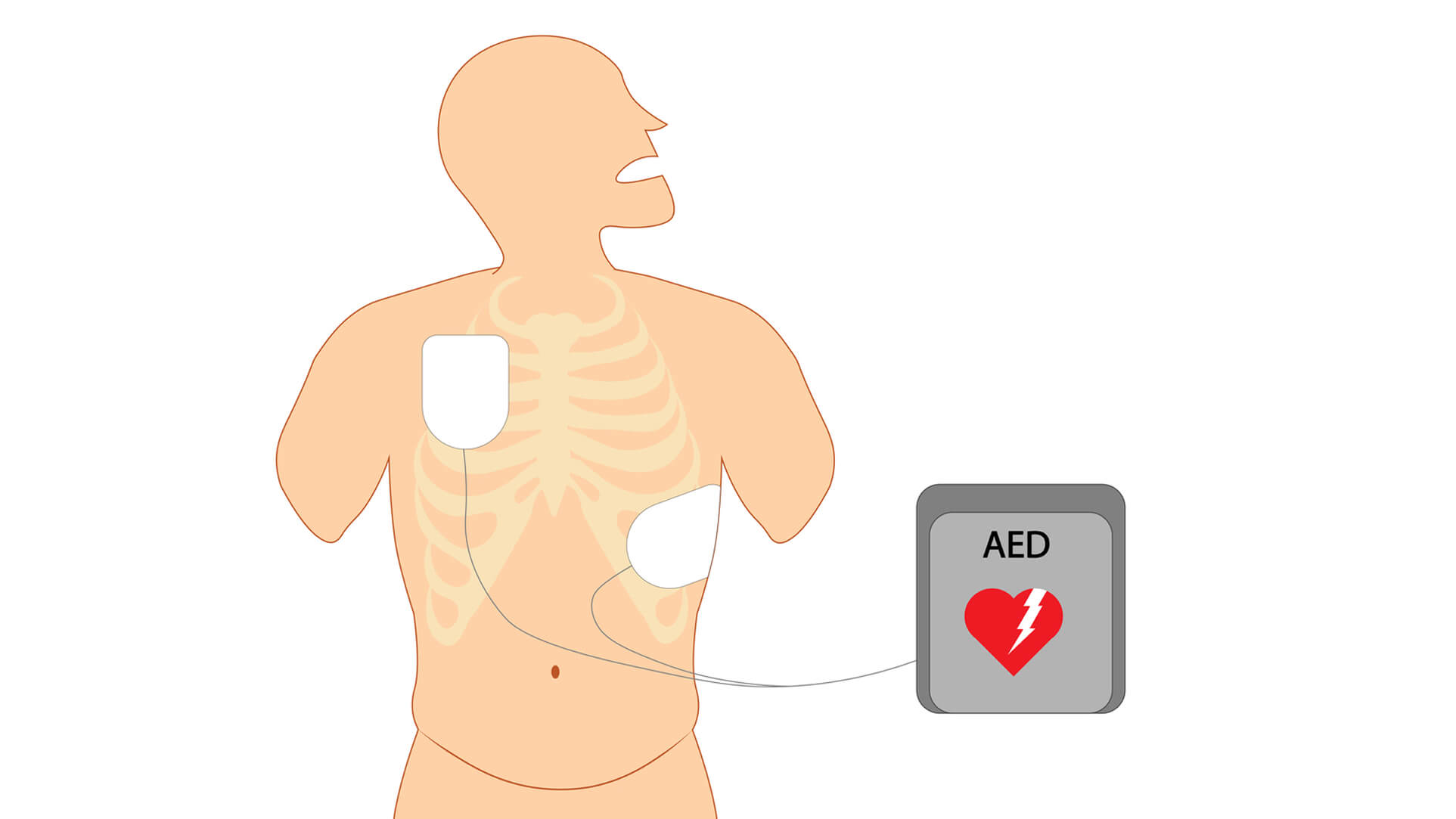If the AED says “no shock advised,” stay calm and act quickly. Even without a shock, the person may still need immediate care. If you’re a first responder or could face a cardiac emergency, knowing how to act can save lives. The message means the AED didn’t find a rhythm needing defibrillation. But the danger isn’t over. Continue performing CPR and follow the AED’s prompts until professional help arrives. Understanding how to handle this response ensures you’re prepared when every second counts.
- How an automated defibrillator works.
- When an electric shock is appropriate.
- What to do in the case of an AED “no shock advised” message
How do defibrillators help with sudden cardiac arrest?
Sudden cardiac arrest happens suddenly and can be deadly in minutes. Quick action is crucial. Each day, roughly 1,000 people in the U.S. experience SCA, and survival depends on an immediate response. Using an AED in the first five minutes can greatly boost survival chances. It is much more effective than CPR alone.
Sudden cardiac arrest differs from a heart attack. A heart attack happens when blood flow to the heart is blocked. In contrast, sudden cardiac arrest occurs due to a problem in the heart’s electrical system. A person can have a heart attack and remain conscious, sometimes without realizing it. Cardiac arrest causes a sudden loss of responsiveness. It needs immediate emergency care.
- Suddenly collapses
- Becomes unconscious
- Is not breathing
When you see these signs, assume the person is in cardiac arrest. Start life-saving actions right away.
Sudden Cardiac Arrest and Ventricular Fibrillation
During sudden cardiac arrest, the heart goes into ventricular fibrillation. It quivers with an overwhelming force instead of pumping blood properly. Although the brain continues to send signals, the heart fails to circulate blood. Without CPR right away, oxygen cannot get to vital organs. Brain damage can start in a few minutes.
If an AED is nearby, one person should grab it. They can place the pads on the victim’s chest. Meanwhile, another person should call 9-1-1. When you turn on the AED, it gives clear instructions. It guides you through CPR and tells you to stand clear while checking the heart’s rhythm.
If the AED finds a shockable rhythm, it will tell you to press the “Shock” button or will shock automatically. This depends on the type of device. After the shock, the heart may restart, but if not, you should continue CPR until the AED rechecks the heart’s rhythm.
When the AED says “No Shock Advised”
Sometimes, after analyzing the heart, the AED may announce “no shock advised.” This usually happens for two main reasons. It’s key to know how to respond well in both cases.
The Heart Does Not Have a Shockable Rhythm
Shockable Rhythms: Ventricular Fibrillation and Pulseless Ventricular Tachycardia
There are two heart rhythms that an AED can shock:
- Ventricular fibrillation or V-fib
- Pulseless Ventricular tachycardia or V-tach
Ventricular fibrillation is a shockable rhythm. The heart still gets signals from the brain, but the ventricles fire in a chaotic way. A shock can help restore normal rhythm by resetting the heart’s natural pacemaker.
Pulseless ventricular tachycardia is different from V-fib. Still, a shock can treat it. In this case, the ventricles send signals at an accelerated rate. This rapid firing stops effective pumping and halts blood flow. Without correction, it can progress to ventricular fibrillation in a short time.
Non-shockable rhythms: asystole and pulseless electrical activity.
Two other rhythms seen during sudden cardiac arrest can’t be treated with an AED. They are non-shockable.
- Asystole
- Pulseless Electrical Activity
Asystole occurs when the heart stops beating and there is no electrical activity. Since there is no rhythm to reset, a shock won’t help, and survival in this scenario is extremely rare.
Pulseless electrical activity happens when the heart’s electrical signals are normal. Yet, the ventricles do not respond. This means the heart’s ability to pump is compromised. Since the issue isn’t electrical, an AED cannot correct it with a shock.
What to Do
If the AED says “no shock advised,” keep the pads in place and continue CPR. Modern AEDs use voice prompts and a metronome to help guide your compressions. Some models also provide real-time feedback on how you’re doing. If the device detects a shockable rhythm later, it will alert you before giving the shock.
A normal rhythm has been restored.
The best outcome occurs when the AED shows no need for a shock. This means the heart has returned to a normal rhythm, thanks to CPR or a previous shock. Designers create AEDs to avoid delivering shocks to anyone with a normal heartbeat.
When the person begins breathing normally and shows a steady heart rhythm, you can stop CPR. Stay close. Keep checking their breathing and pulse. Also, watch their airway until medical help arrives.
Important note: If the AED says “no shock advised,” whether due to a normal rhythm or a non-shockable one, keep the pads attached. The heart can slip back into a shockable rhythm, and the device will guide you if that happens. Voice prompts will continue to offer instructions throughout.
AED No Shock Advised – Remember to Stay Calm
The key is to remain calm and adhere to the AED’s instructions with attention. These devices assess the heart’s rhythm and only deliver a shock when necessary. They won’t shock someone who is conscious, breathing, or in a non-shockable rhythm.
If the AED says “no shock advised,” leave the pads on and keep doing CPR. You don’t need to be a medical expert—your quick action can still make a difference in saving a life.
FAQs
What does it mean when the AED says “No Shock Advised”?
A no-shock advised AED message shows that the device did not find a shockable heart rhythm. This might mean the heart is back to a normal rhythm. The victim might be in a non-shockable state. This includes asystole or pulseless electrical activity. In either case, you should continue CPR while the pads remain in place.
What should I do if the AED advises no shock?
If the AED says no shock, leave the pads on the victim’s chest. Then, keep doing chest compressions. The device will reanalyze the rhythm and will instruct you if you need a shock later. Do not remove the AED or stop CPR unless the person regains normal breathing and a pulse.
What happens after an AED delivers a shock?
After the AED shocks, start CPR right away. Keep going for two minutes unless the AED says something different. After this cycle, the AED will reassess the heart rhythm. If needed, it may tell you to deliver another shock or continue to prompt CPR depending on the heart’s condition.
Which of the following is not a shockable rhythm?
Rhythms like asystole and pulseless electrical activity are not shockable. In these cases, the AED won’t shock. So, high-quality CPR is the key response.
What does it mean if the AED detects a shockable rhythm and advises a shock?
When the AED detects a shockable rhythm, it recommends a shock. This indicates a treatable abnormal condition, like ventricular fibrillation or pulseless ventricular tachycardia. Follow the prompts and stand clear. Let the device deliver the shock or press the button if told. Then, resume CPR right away.
Conclusion
In a cardiac emergency, it’s vital to know what to do when the AED says “no shock advised.” This step is as important as giving a shock. Continuing CPR and following the AED’s voice prompts can be crucial. This applies whether the heart is in a normal rhythm or a non-shockable state. These devices help guide untrained bystanders step by step. They can save lives when every second counts. Stay calm, stay focused, and trust the AED—it’s there to support you in doing the right thing.



